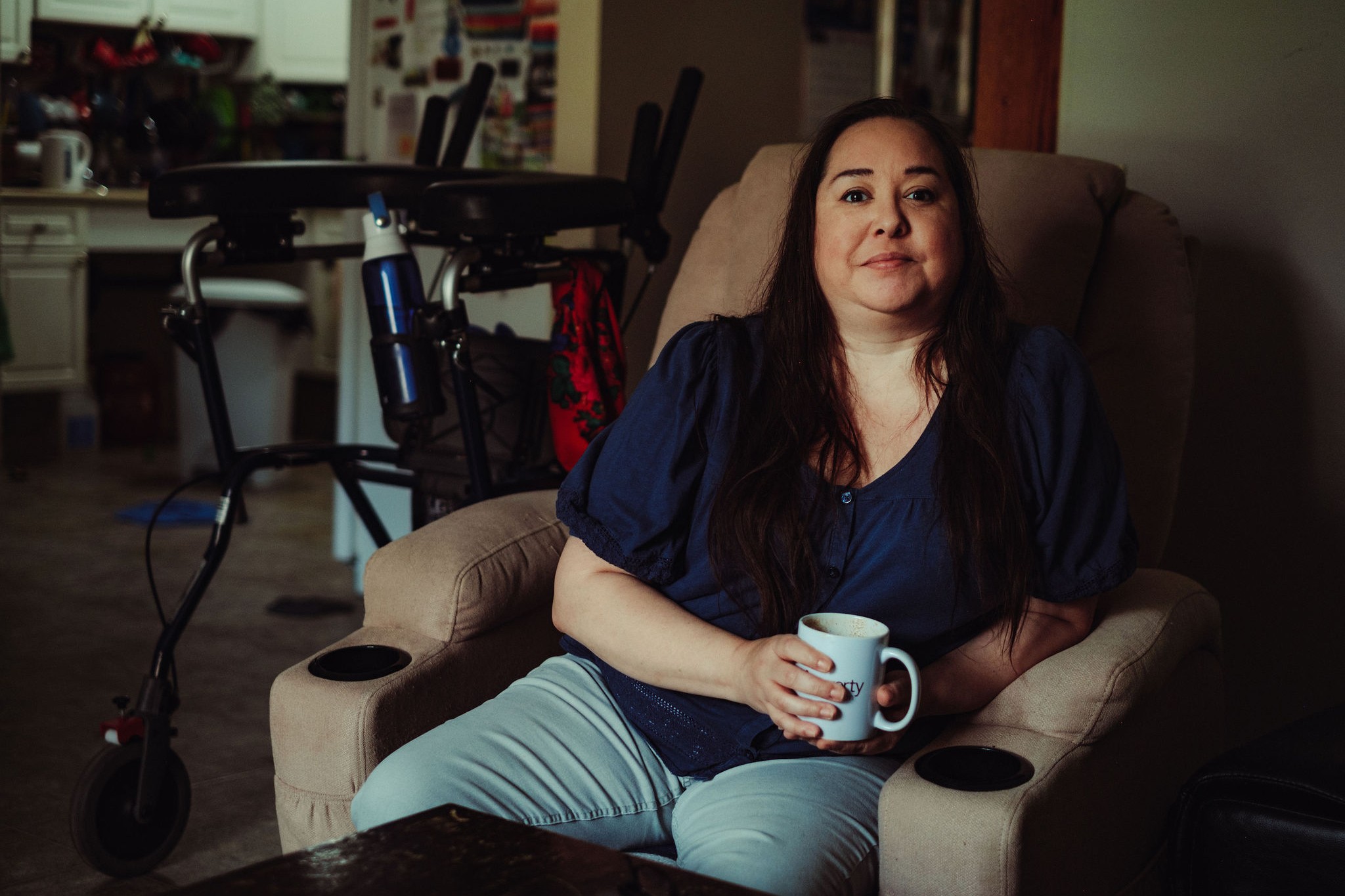
Home truths: In Edmonton's housing system, some win, some lose, and many feel conflicted
A man whose life veered toward homelessness after injuring his leg. A real estate agent who's convinced owning a home may not be for everyone. A senior forced to survive on garage sale proceeds. A developer working to make multi-family housing as appealing as the single-family home. A manager straddling the fence between landlords and housing-first tenants. An advocate who uses her painful experiences to help those confronting homelessness. A property manager handing out rent increases of no less than $100 a month. A landlord forced to remain one after buying at the height of the 2008 boom and never being able to sell without a loss. A wheelchair user who feels forgotten by housing design and maintenance practices.
These are a few of the glimpses into the lives of people in various roles within Edmonton's housing ecosystem gathered for a project we're calling Housing Complex. Like all ecosystems, each of the positions these people occupy is interrelated. Some win. Many feel conflicted, or like they're treading water. Some lose in awful ways. But to change Edmonton's housing ecosystem to ensure fewer people lose will mean affecting all involved — whether by forcing them to accept density in their backyards, slowing the speed at which their home grows in value, controlling rent increases, or investing public money to create more housing for people the system leaves out. That means changing anything related to housing is complex.
Edmonton is renowned in other Canadian cities for moving big rocks on the supply side of housing policy that others can't or won't. Experts say we're trailblazers on zoning reform, accelerating infill, ridding ourselves of parking minimums, and deregulating density. One need only look at Taproot's recent stories on backyard suite permits doubling in 2024, the city proactively upzoning land within the core, or proposals to develop agricultural land within city limits for evidence these reforms can create change.
And yet there is another Edmonton where people struggle to find the housing they need. It's a city where rents are increasing faster than some other major Canadian cities and outpacing how fast our incomes are growing, where vacancy rates are the lowest they've been in a decade, where newcomers are arriving in numbers we haven't seen in a generation, where Alberta's legacies as the site of the most residential schools in Canada echo throughout our community, where car-culture design continues to externalize costs onto individuals, where housing developments in our downtown are stalled despite population growth, where we see members of our community struggling in numbers and ways that are terrifying, and where an increasing number of us feel our relationship to housing is more precarious than ever. As the City of Edmonton often points out, one in eight households is in core housing need, which means one in eight of us live in housing that does not meet standards of adequacy, suitability, or affordability, where the household would have to spend 30% or more of its before-tax income to access local housing that meets all three standards.
Often, the difference between thriving and surviving in this ecosystem can be chalked up to income, with only those who make the least deemed to be struggling. Edmonton's average home price (across all housing types) is roughly $400,000, much lower than in Toronto and Vancouver, where the figure tops $1 million. Wages, meanwhile, are high here relative to other cities. Could Edmonton be the anomaly to escape a crisis that has otherwise swept across most of Canada? Or could it be could be "the next domino to fall," as Gregor Craigie, author of Our Crumbling Foundation, said during a recent chat on the housing crisis? Given how many people are moving here to escape the Toronto and Vancouver markets, the pressure on housing is only increasing.
Trying to make sense of this is daunting, but we're using two tools to increase your understanding. One is a series of portraits captured by writer Eric Rice and photographer Jordon Hon based on interviews with 12 people about their place in Edmonton's housing ecosystem. The idea behind that series of vignettes, pursued in collaboration with the Edmonton Coalition on Housing and Homelessness and funded by the Alberta Real Estate Foundation, was to surface real-life experiences with the way housing works (and doesn't) in Edmonton. These are but 12 stories among more than a million, but we hope it creates a bit of empathy and understanding across the board. (See editor-in-chief Karen Unland's post for more about why and how this series was created.)







